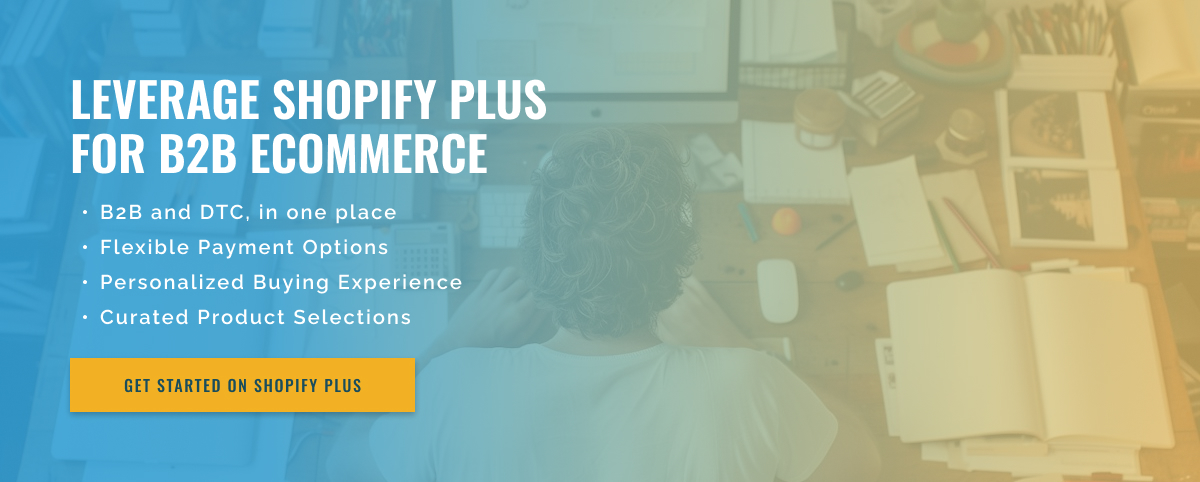3 minute read
Mastering B2B on Shopify: A Guide to Creating a Profitable B2B Store
In recent years, Shopify has become the most popular platform for entrepreneurs looking to build a strong online presence. With its easy-to-use interface and robust features, Shopify is also a powerful tool for B2B businesses. In fact, more and more B2B businesses are using Shopify to grow their online presence and increase their sales. Here’s everything you need to know about setting up a successful B2B store on Shopify.
1. Understanding B2B on Shopify
Before we dive into the steps for setting up a B2B store on Shopify, it’s important to understand the concept of B2B. B2B stands for business-to-business, and refers to businesses that sell products or services to other businesses rather than to individual consumers. B2B transactions have higher order volumes and longer sales cycles than B2C (business-to-consumer) sales. As such, the approach to B2B sales and marketing is different, and Shopify offers the right tools to serve this market.
2. Set Up Your Wholesale Channel
One of the first steps in setting up a B2B store on Shopify is setting up your wholesale channel. This allows you to offer your B2B customers bulk discounts, special pricing, and custom catalogs. Wholesale channels on Shopify allow businesses to create an exclusive portal for B2B customers with separate pricing and products. This creates a smoother B2B buying experience and creates a level of professionalism and exclusivity.
3. Leverage B2B Apps
Shopify has a robust app store, and many apps are designed specifically to meet the needs of B2B businesses. These apps offer features like bulk ordering, custom pricing, and multi-tier pricing, among other things. Some popular B2B apps for Shopify include Wholesale Club, Volume & Quantity Discounts, and Bold Purchase Order.
4. Leverage Content Marketing
When it comes to B2B sales, content is king. By creating informative and engaging content that speaks directly to your target audience, you can establish yourself as a thought leader in your industry. With Shopify, you can easily create a blog and integrate it with your B2B store. Use your blog to showcase your industry knowledge, share product updates, and company news to attract and engage potential B2B customers.
5. Offer Flexible Payment Options
B2B transactions often involve larger order volumes, and businesses need to offer flexible payment options. Shopify supports a variety of payment gateways, making it easy to B2B businesses to provide multiple payment methods, such as net payment terms, ACH transfers, and credit card payments. By offering flexible payment options, you can streamline the purchasing process, improve cash flow, and make it easier for your B2B customers to do business with you.
Conclusion
Setting up a successful B2B store on Shopify requires the right tools, strategies, and a customer-centric approach. By leveraging Shopify’s wholesale features, B2B apps, content marketing, and flexible payment options, you can create a seamless buying experience that helps grow your business and build long-term customer relationships.

